Home>Home Maintenance>How To Greatly Reduce Dust In Your Home Ventilation System
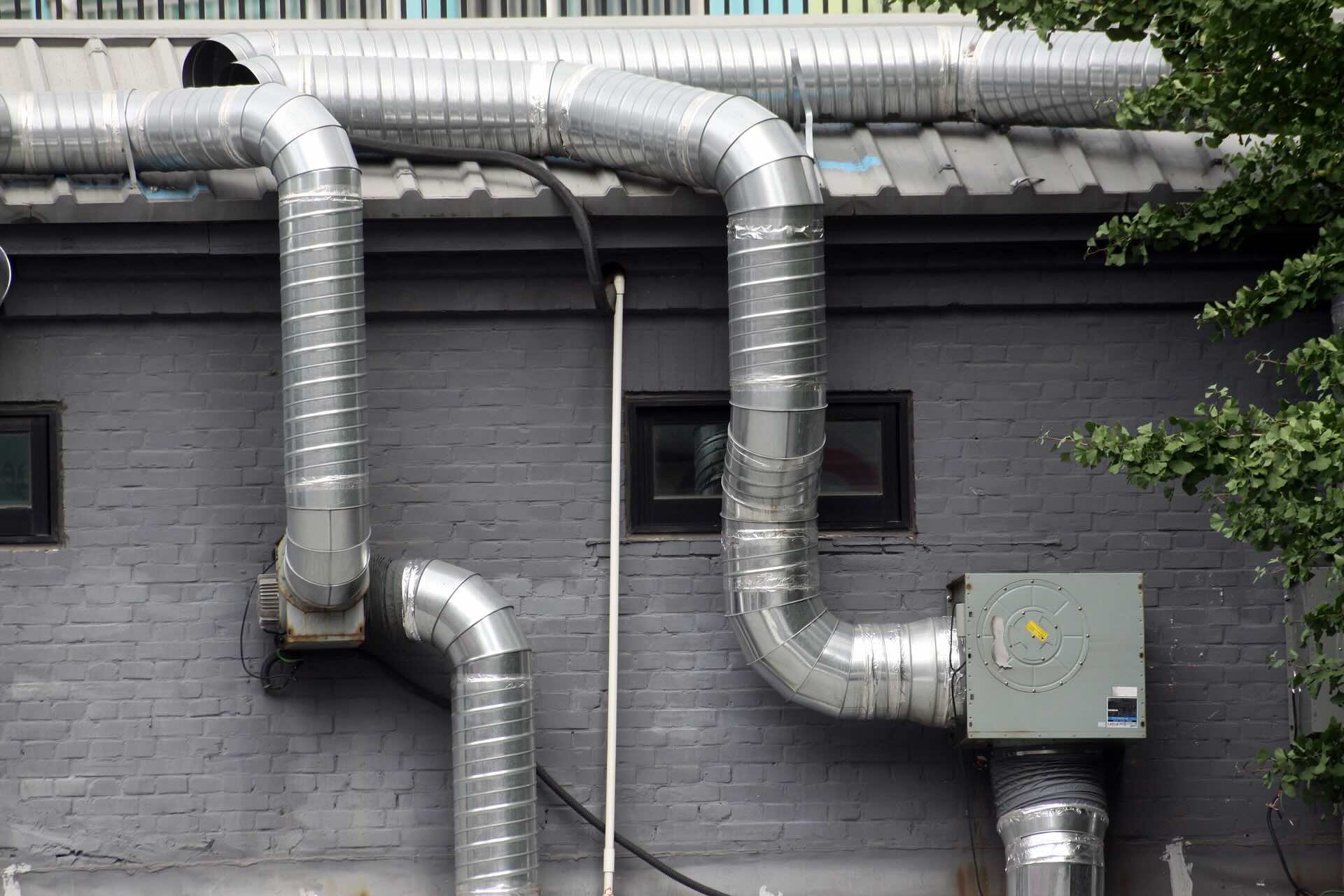

Home Maintenance
How To Greatly Reduce Dust In Your Home Ventilation System
Modified: August 16, 2024
Learn effective home maintenance tips to greatly reduce dust in your ventilation system and improve air quality in your home. Take control of dust with these simple steps.
(Many of the links in this article redirect to a specific reviewed product. Your purchase of these products through affiliate links helps to generate commission for Storables.com, at no extra cost. Learn more)
Introduction
Welcome to our comprehensive guide on how to greatly reduce dust in your home ventilation system. Dealing with dust is a common challenge in maintaining a clean and healthy home environment. Not only can excessive dust be unsightly, but it can also exacerbate allergies and respiratory issues for you and your family. Fortunately, there are several steps you can take to minimize dust buildup and improve the air quality within your home.
Understanding the causes of dust in your ventilation system is a crucial first step. Dust particles can enter your home through various sources such as outdoor air pollution, open windows, pet dander, and even human activity. Once inside, these particles can easily circulate throughout your home via the ventilation system, settling on surfaces and contributing to a never-ending battle with dust.
In this guide, we will discuss different strategies to effectively reduce dust in your home ventilation system. We will cover everything from assessing the current dust levels in your system to cleaning and maintaining air filters, sealing and insulating ductwork, using high-efficiency particulate air (HEPA) filters, implementing regular dusting and cleaning practices, as well as the benefits of professional cleaning and maintenance.
By following these recommendations and incorporating them into your routine home maintenance, you can significantly reduce the amount of dust in your home ventilation system, creating a cleaner and healthier living environment for you and your family. Let’s dive in and explore this topic in more detail.
Key Takeaways:
- Keep your home dust-free by regularly cleaning and maintaining air filters. Sealing and insulating ductwork also helps minimize dust infiltration, creating a cleaner and healthier living environment for you and your family.
- Consider using HEPA filters in your ventilation system and employing regular dusting and cleaning practices to reduce dust. Professional cleaning and maintenance can provide a thorough and effective approach to dust reduction, ensuring a clean and comfortable home.
Read more: How To Reduce Construction Dust
Understanding the Causes of Dust in Your Home Ventilation System
Dust can accumulate in your home ventilation system due to a variety of factors. It’s important to understand these causes in order to effectively combat dust buildup and improve the air quality in your home.
One of the main sources of dust in your ventilation system is outdoor air pollution. As air circulates into your home through open windows or ventilation grills, it carries various pollutants and dust particles with it. These particles can settle in your ductwork and eventually find their way into your living spaces.
Another common culprit is pet dander. If you have furry friends in your home, their shedding can contribute to a significant amount of dust in the air. These tiny particles can easily find their way into your ventilation system and spread throughout your home.
Human activities also generate dust. Everyday tasks such as sweeping, vacuuming, or even simply walking around can cause dust particles to become airborne. These particles can then be sucked into your ventilation system and distributed throughout your home.
Furthermore, poor indoor air quality can contribute to dust buildup. Contaminants like pollen, mold spores, and bacteria can be present in the air, leading to increased dust accumulation in your ventilation system.
Understanding these causes allows you to take proactive steps to minimize dust in your home ventilation system. By addressing the root causes, you can significantly reduce the amount of dust that circulates through your home and settles on surfaces.
In the next sections, we will explore various strategies to assess the current level of dust in your home ventilation system and implement effective measures to mitigate its presence. Let’s dive in!
Assessing the Current Level of Dust in Your Home Ventilation System
Before implementing any dust reduction strategies, it is essential to assess the current level of dust in your home ventilation system. This will help you determine the severity of the issue and tailor your approach accordingly.
One way to assess the dust levels is to visually inspect the vents and registers throughout your home. Look for visible dust accumulation on the grilles and surrounding areas. If you notice a thick layer of dust, it indicates that there is a significant dust buildup in your ventilation system.
Another method is to use a white cloth or tissue to wipe the inside of the vents and registers. If the cloth comes out visibly dirty or covered in dust, it is a clear indication that your ventilation system requires attention.
In addition to visual inspection, consider the frequency of dusting and cleaning required in your home. If you find yourself constantly dusting surfaces and vacuuming, despite regular cleaning efforts, it could be a sign of excessive dust being circulated through your ventilation system.
If you or your family members experience symptoms such as allergies, coughing, or sneezing that seem to worsen when indoors, it may also be a result of dust in your home ventilation system. Pay attention to any respiratory discomfort that could be associated with dust accumulation.
Lastly, if you have recently moved into a new home or renovated your existing one, it is essential to evaluate the dust levels in your ventilation system. Construction or remodeling activities can introduce substantial amounts of dust, which can linger in the air and settle in your ductwork.
By conducting a thorough assessment of the dust levels, you will have a better understanding of the extent of the problem and be able to prioritize which strategies to employ to reduce dust in your home ventilation system. In the following sections, we will discuss various techniques and practices to help alleviate dust concerns. Let’s keep reading!
Cleaning and Maintaining Air Filters in Your Home Ventilation System
One of the most effective ways to reduce dust in your home ventilation system is by regularly cleaning and maintaining the air filters. Air filters play a crucial role in trapping dust particles and other contaminants, preventing them from circulating and settling in your home.
The frequency of cleaning or replacing your air filters depends on factors such as the quality of the filters, the level of dust in your home, and the number of occupants. As a general guideline, it is recommended to clean or replace your filters every 1 to 3 months.
Before cleaning or replacing the filters, make sure to turn off the ventilation system to prevent any dust or debris from being recirculated. Locate the air filter compartment, usually found near the return air duct or in the furnace or air conditioning unit.
If you have reusable filters, follow the manufacturer’s instructions for cleaning. Typically, this involves gently vacuuming or rinsing the filter to remove the accumulated dust. Allow the filter to completely dry before reinstalling it.
For disposable filters, simply remove the old filter and replace it with a new one of the same size and type. Disposable filters are relatively inexpensive and readily available at most home improvement stores.
In addition to regular filter cleaning or replacement, consider upgrading to high-quality air filters, such as a high-efficiency particulate air (HEPA) filter. HEPA filters are designed to capture even the tiniest particles, including dust mites, pollen, pet dander, and mold spores, resulting in cleaner air and a significant reduction in dust in your home.
Keep in mind that different parts of your home may have separate air filters, such as those in individual room air conditioners or air purifiers. Be sure to include these filters in your cleaning and maintenance routine as well.
By keeping your air filters clean and replacing them as needed, you will significantly reduce the amount of dust that circulates through your home ventilation system. This simple maintenance task goes a long way in improving indoor air quality and minimizing dust buildup.
In the following sections, we will explore additional strategies to seal and insulate ductwork, use HEPA filters, and implement regular cleaning practices to further reduce dust in your home ventilation system. Let’s keep reading!
Sealing and Insulating Ductwork to Minimize Dust
One significant source of dust in your home ventilation system comes from leaks and gaps in the ductwork. These openings allow dust to infiltrate your system and spread throughout your home. Sealing and insulating your ductwork is a proactive measure to minimize dust and improve the efficiency of your ventilation system.
The first step in sealing your ductwork is to visually inspect it for any visible leaks or gaps. Look for loose connections, holes, or disconnected sections. Pay close attention to areas where ducts meet vents, as these are common areas for air leakage.
Once you have identified the problem areas, use a high-quality duct sealant, such as mastic or foil tape, to seal the leaks. Apply the sealant generously and ensure a tight seal to prevent air leakage. Avoid using standard duct tape, as it tends to deteriorate over time and may not provide a long-lasting seal.
In addition to sealing, insulating your ductwork helps maintain consistent temperatures and reduces the potential for condensation, which can lead to mold growth. Insulation also acts as a barrier, further preventing dust from entering your ventilation system.
Insulating ductwork is relatively simple and can be done using a variety of insulation materials, such as fiberglass duct wrap or foam board insulation. Wrap the insulation around the ducts, ensuring full coverage and sealing any seams using adhesive or tape.
It is important to note that sealing and insulating ductwork may require professional assistance, especially for complex or hard-to-reach areas. Hiring a qualified HVAC technician can ensure proper sealing and insulation, ultimately minimizing dust and improving the overall performance of your ventilation system.
By sealing and insulating your ductwork, you will significantly reduce the amount of dust that enters your home through the ventilation system. This not only improves air quality but also increases the efficiency of your HVAC system, leading to energy savings and enhanced comfort.
In the next sections, we will discuss the benefits of using high-efficiency particulate air (HEPA) filters and employing regular dusting and cleaning practices to further mitigate dust in your home. Let’s continue reading!
Change your air filters regularly to reduce dust in your home ventilation system. Use high-efficiency filters and consider installing an air purifier for added protection.
Read more: How To Reduce HVAC Noise
Using High-Efficiency Particulate Air (HEPA) Filters in Your Home Ventilation System
When it comes to reducing dust and improving air quality in your home, using high-efficiency particulate air (HEPA) filters in your ventilation system can make a significant difference. HEPA filters are designed to capture particles as small as 0.3 microns with an efficiency of 99.97%, including dust mites, pollen, pet dander, mold spores, and other allergens.
Unlike standard air filters, which may only trap larger particles, HEPA filters are specifically engineered to provide superior filtration. They consist of a dense media that effectively captures even the tiniest and most harmful particles, preventing them from being re-circulated into your home.
To use HEPA filters in your ventilation system, start by determining the appropriate size or dimensions required for your specific system. HEPA filters are available in a variety of sizes and can be found at most home improvement stores or from HVAC suppliers.
Carefully remove the old filter from your ventilation system and replace it with the HEPA filter of the same size. Ensure a snug fit to prevent air from bypassing the filter. Follow the manufacturer’s instructions for the specific model of HEPA filter you have selected.
It’s important to note that HEPA filters may have a higher initial cost compared to standard filters. However, their superior filtration capabilities and long lifespan make them a worthwhile investment in reducing dust and improving air quality. Remember to clean or replace your HEPA filters on a regular basis according to the manufacturer’s guidelines.
In addition to the main ventilation system, consider using portable HEPA air purifiers in areas where you spend a significant amount of time, such as bedrooms or living areas. These purifiers can help further filter and purify the air, reducing the amount of dust and allergens present.
By using HEPA filters in your ventilation system, you can significantly decrease the amount of dust in your home and create a cleaner and healthier living environment. In the next section, we will discuss the importance of employing regular dusting and cleaning practices to complement your efforts in minimizing dust. Let’s continue reading!
Employing Regular Dusting and Cleaning Practices in Your Home
In addition to implementing strategies to minimize dust in your home ventilation system, it is crucial to adopt regular dusting and cleaning practices. These practices help remove dust that has settled on surfaces throughout your home, preventing it from being recirculated through the ventilation system.
Start by dusting surfaces using a microfiber cloth or electrostatic duster. These tools are more effective at capturing dust particles compared to traditional feather dusters. Pay close attention to areas prone to dust accumulation, such as shelves, tabletops, window sills, and electronic devices.
When dusting, work from top to bottom to ensure any dislodged dust falls onto surfaces that have not yet been cleaned. This prevents the need for re-cleaning already dusted areas. Don’t forget to clean light fixtures, ceiling fans, and other fixtures where dust may accumulate.
Vacuuming is another essential cleaning practice to remove dust and allergens from carpets and upholstery. Use a vacuum cleaner equipped with a high-efficiency particulate air (HEPA) filter to prevent dust from being recirculated back into the air. Vacuum carpets, rugs, and upholstered furniture regularly, paying special attention to high-traffic areas.
Hardwood or tile floors should be swept or mopped regularly to capture dust and prevent it from becoming airborne. Use a damp mop or microfiber mop to effectively trap dust particles instead of simply pushing them around.
In areas prone to excessive dust, such as those near windows or in rooms with frequent human activity, consider using air purifiers or portable HEPA filters. These devices can help capture airborne dust particles, improve air quality, and reduce the overall amount of dust in your home.
Furthermore, it is important to keep bedding, curtains, and other fabric items clean. Wash or dry clean these items regularly to remove dust, allergens, and any accumulated pet dander. Additionally, don’t forget to regularly wash or replace pillowcases and mattress covers.
By incorporating regular dusting and cleaning practices into your routine, you can significantly reduce the amount of dust in your home. Combine these practices with the strategies we have discussed earlier, such as using HEPA filters and sealing ductwork, to create a comprehensive approach to minimizing dust in your home ventilation system.
In the following section, we will explore the benefits of professional cleaning and maintenance of your home ventilation system. Let’s continue reading!
Professional Cleaning and Maintenance of Your Home Ventilation System
While regular cleaning and maintenance practices can go a long way in reducing dust in your home ventilation system, there are certain aspects that may require the expertise of professionals. Hiring a professional HVAC technician for periodic cleaning and maintenance ensures thorough and effective dust reduction.
Professional cleaning of your home ventilation system involves a comprehensive inspection and cleaning of all components, including the ductwork, vents, and air handling units. HVAC technicians have specialized equipment and training to access hard-to-reach areas and remove accumulated dust and debris.
During the cleaning process, technicians may use high-powered vacuums with specialized brushes and attachments to dislodge and collect dust from the ducts. This ensures that any hidden dust or contaminants are thoroughly removed, improving the overall air quality in your home.
In addition to cleaning, professionals can also inspect and identify any issues with the ventilation system, such as leaks, loose connections, or inefficient filters. They can provide recommendations for repairs or upgrades that will further enhance the performance and efficiency of your system.
Professional maintenance of your ventilation system typically includes checking and replacing air filters, lubricating motors and moving parts, checking for proper airflow, and testing the system for any potential issues. This proactive approach not only reduces dust but also ensures that your system operates at its best, saving you energy and prolonging the lifespan of your equipment.
Depending on the size of your home and the level of dust accumulation, it is generally recommended to have your ventilation system professionally cleaned and maintained every 3 to 5 years. However, homes with more severe dust issues or specific conditions may require more frequent maintenance.
By investing in professional cleaning and maintenance of your home ventilation system, you can enjoy the peace of mind knowing that your system is running efficiently and providing clean, dust-free air throughout your home. Combine this with the practices we’ve discussed earlier, and you’ll have a comprehensive approach to minimizing dust and improving indoor air quality.
Before concluding, let’s summarize the key points we’ve covered in this guide to greatly reduce dust in your home ventilation system.
Conclusion
Reducing dust in your home ventilation system is essential for maintaining a clean and healthy living environment. By implementing the strategies discussed in this guide, you can greatly minimize dust and improve the overall air quality in your home.
Understanding the causes of dust in your ventilation system, assessing the current dust levels, and regularly cleaning and maintaining air filters are fundamental steps. Sealing and insulating ductwork help prevent dust infiltration, while using high-efficiency particulate air (HEPA) filters provides superior filtration capabilities.
In addition to these measures, employing regular dusting and cleaning practices ensures that accumulated dust is removed from surfaces and not recirculated through the ventilation system. Professional cleaning and maintenance sessions offer a thorough and comprehensive approach to dust reduction, keeping your ventilation system in optimal condition.
Remember, reducing dust is an ongoing effort. It requires consistent attention and adherence to a routine maintenance schedule. By implementing these techniques, you can create a cleaner and healthier home environment for you and your family.
So, take the first step today. Assess your ventilation system, clean and maintain your air filters, seal and insulate your ductwork, and incorporate regular dusting and cleaning practices into your routine. If needed, consult with professionals to ensure a thorough cleaning and optimal performance of your home ventilation system.
Now, armed with this knowledge, you can tackle the challenge of reducing dust in your home ventilation system and create a more comfortable and dust-free living space for you and your loved ones. Enjoy the benefits of a clean and healthy home!
Frequently Asked Questions about How To Greatly Reduce Dust In Your Home Ventilation System
Was this page helpful?
At Storables.com, we guarantee accurate and reliable information. Our content, validated by Expert Board Contributors, is crafted following stringent Editorial Policies. We're committed to providing you with well-researched, expert-backed insights for all your informational needs.
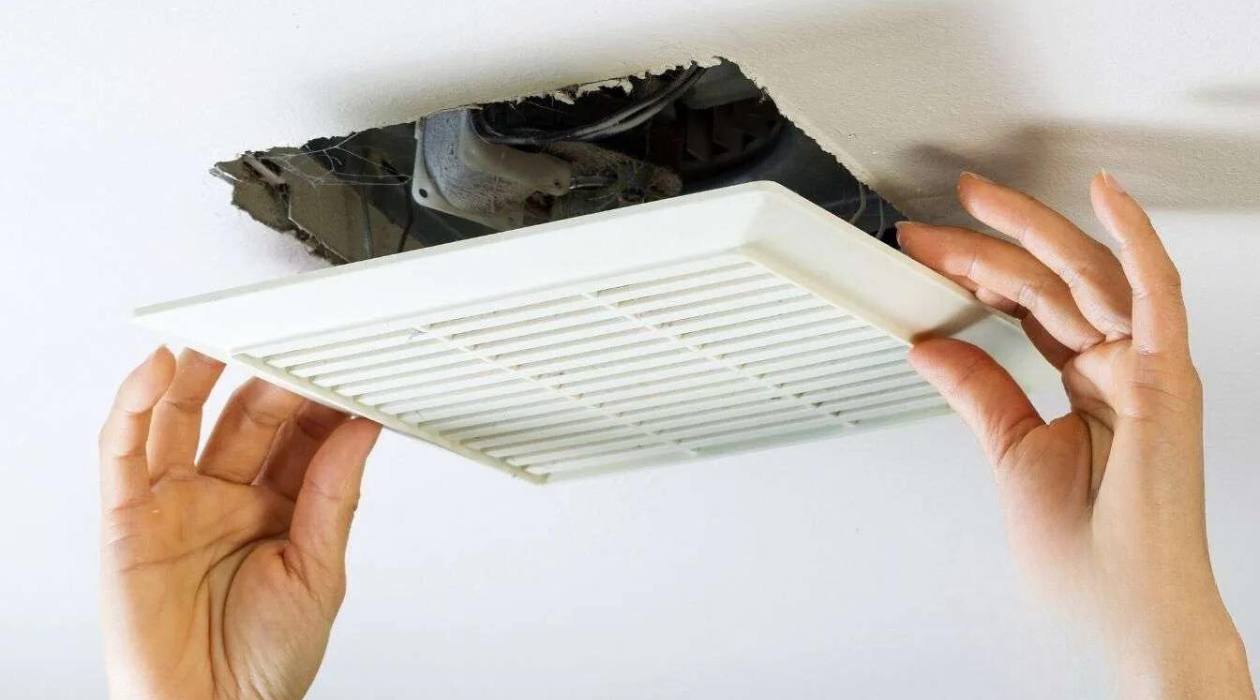
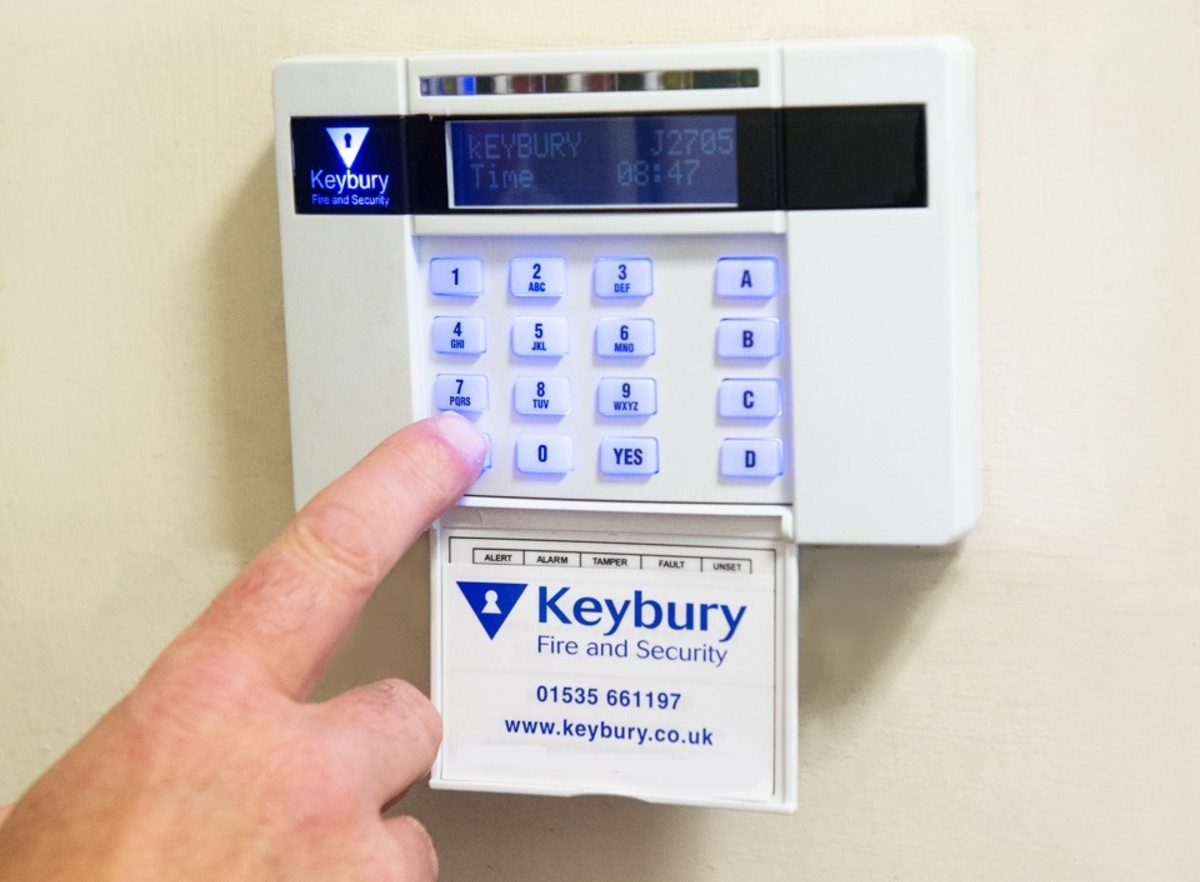
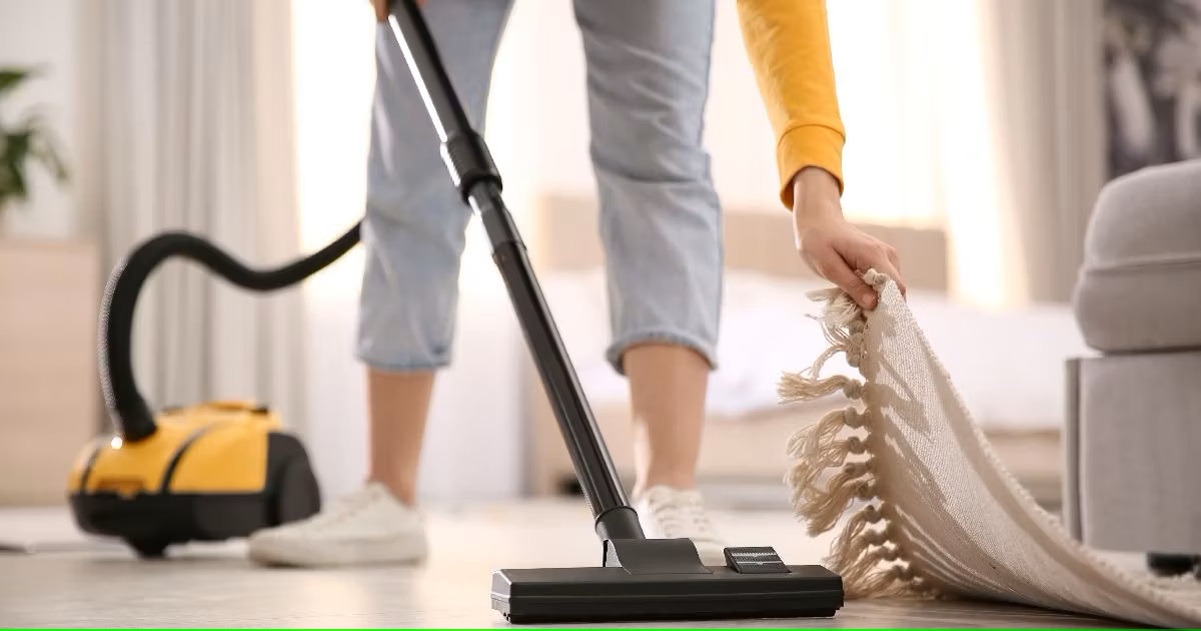
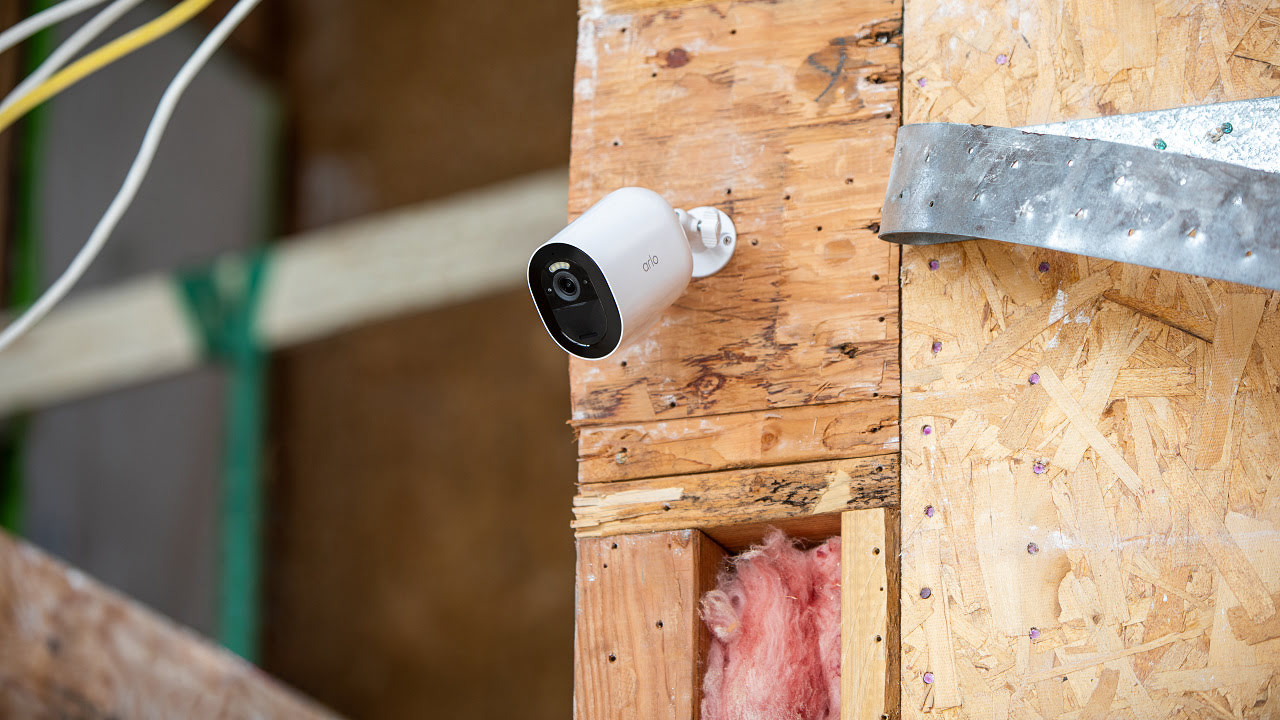
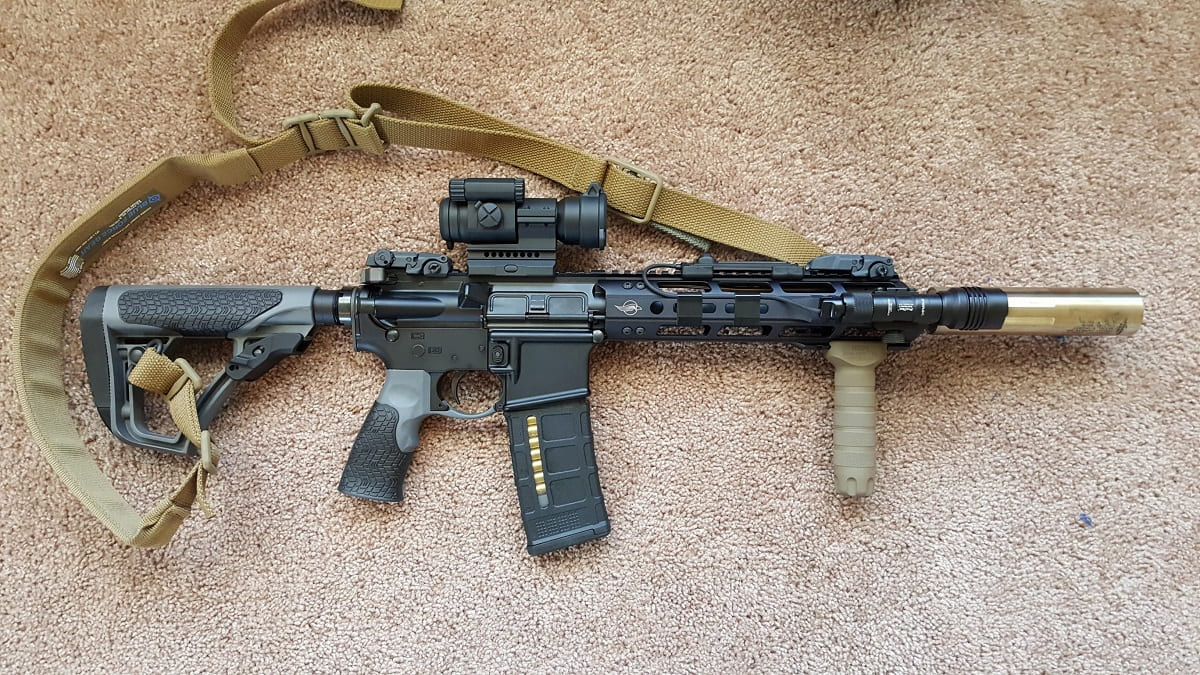

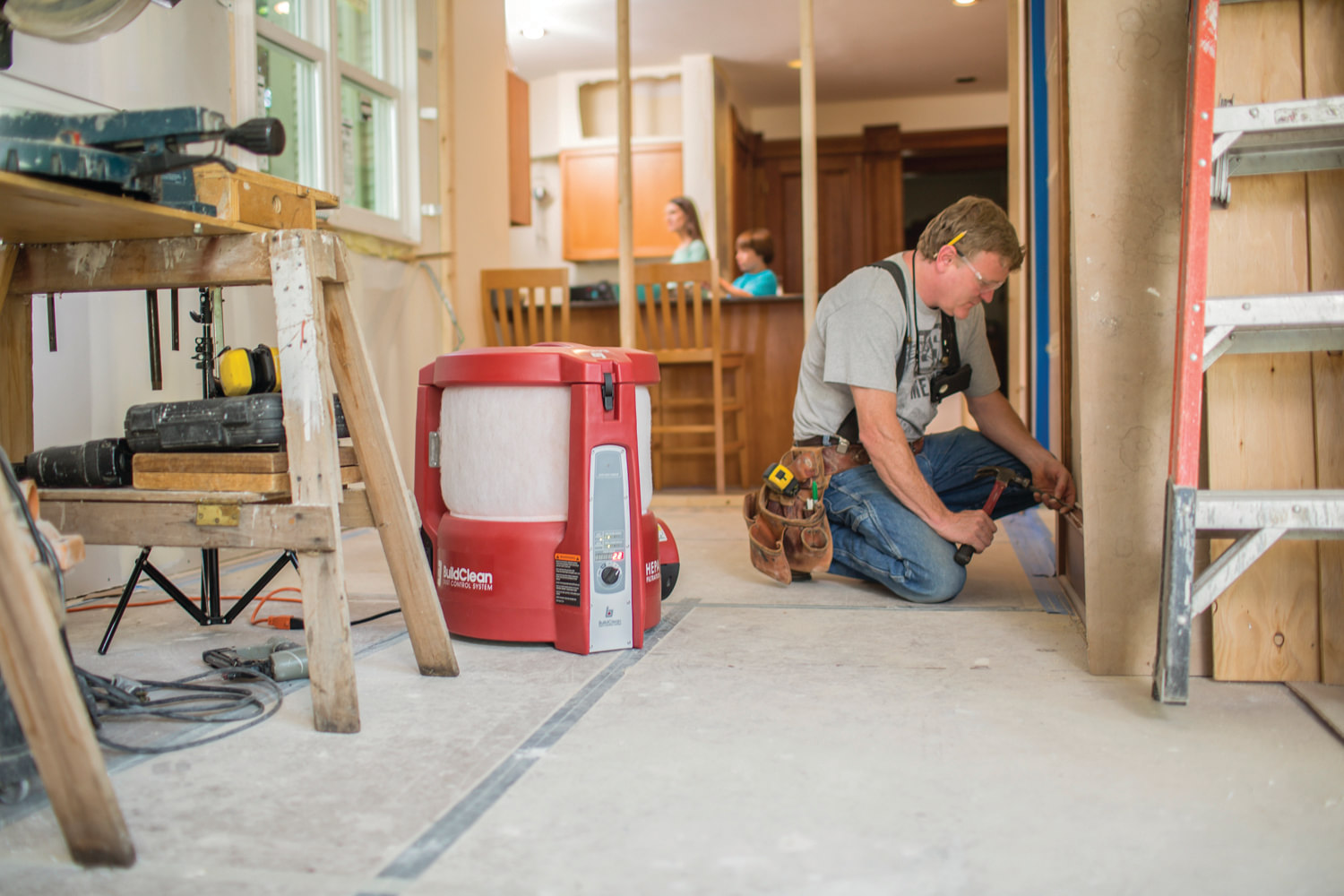


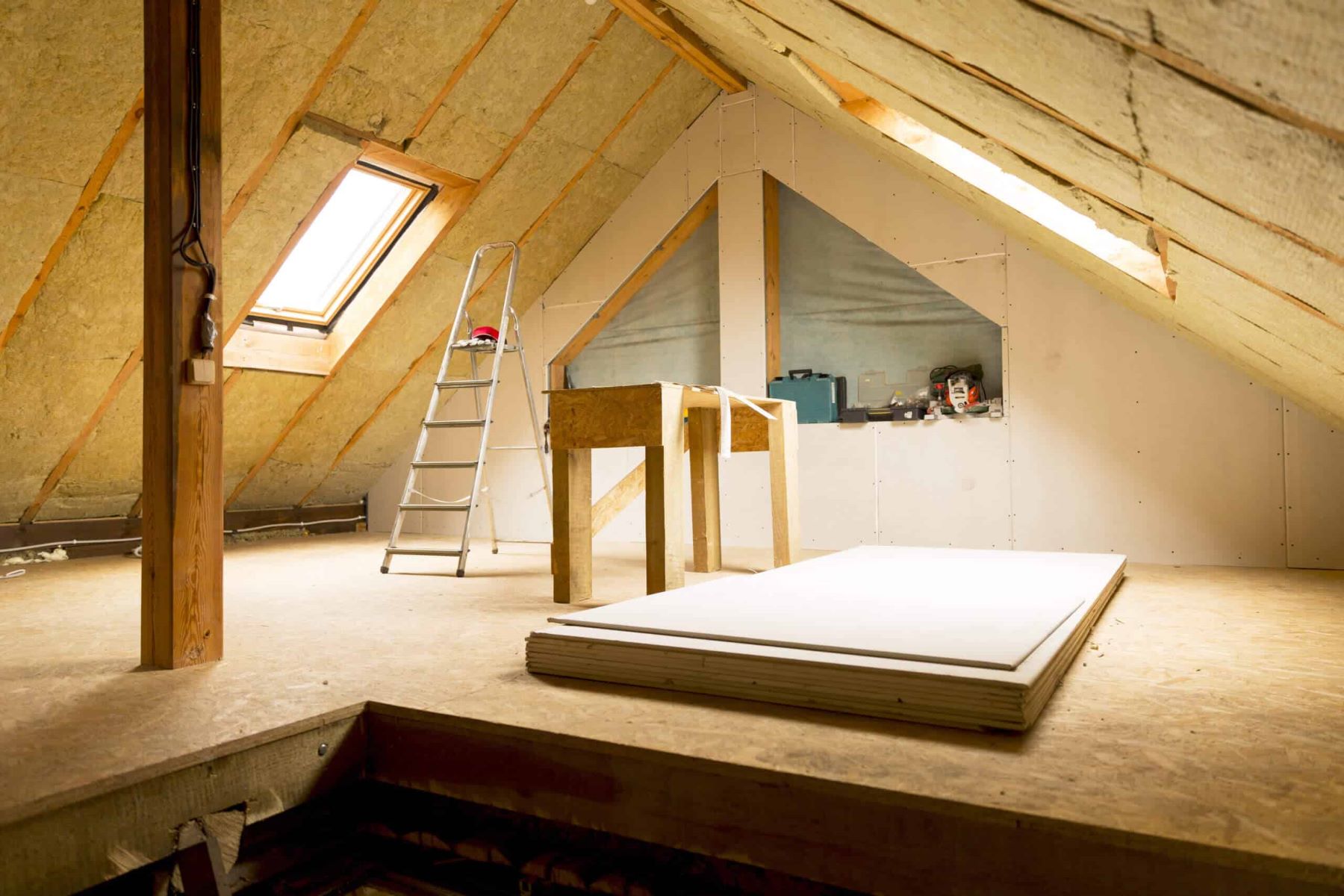
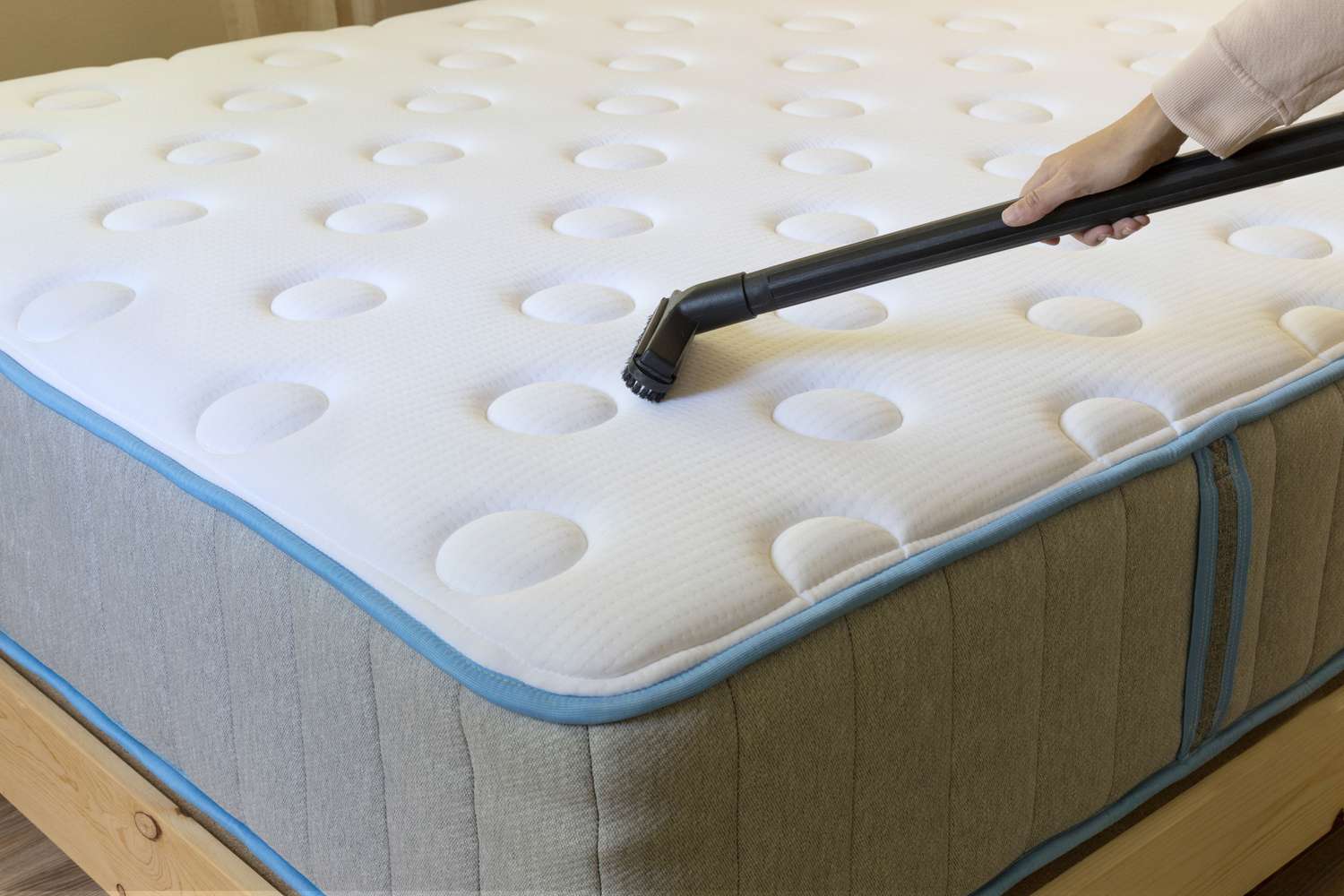
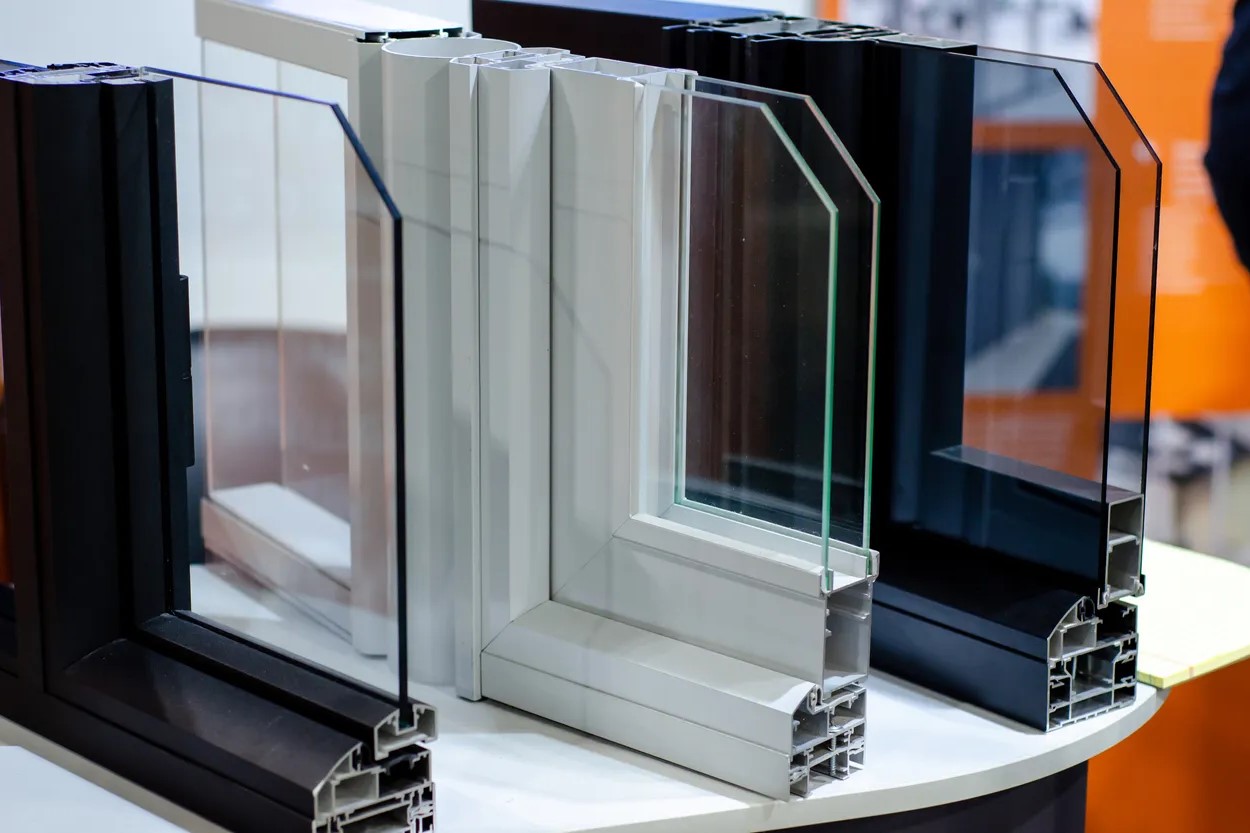
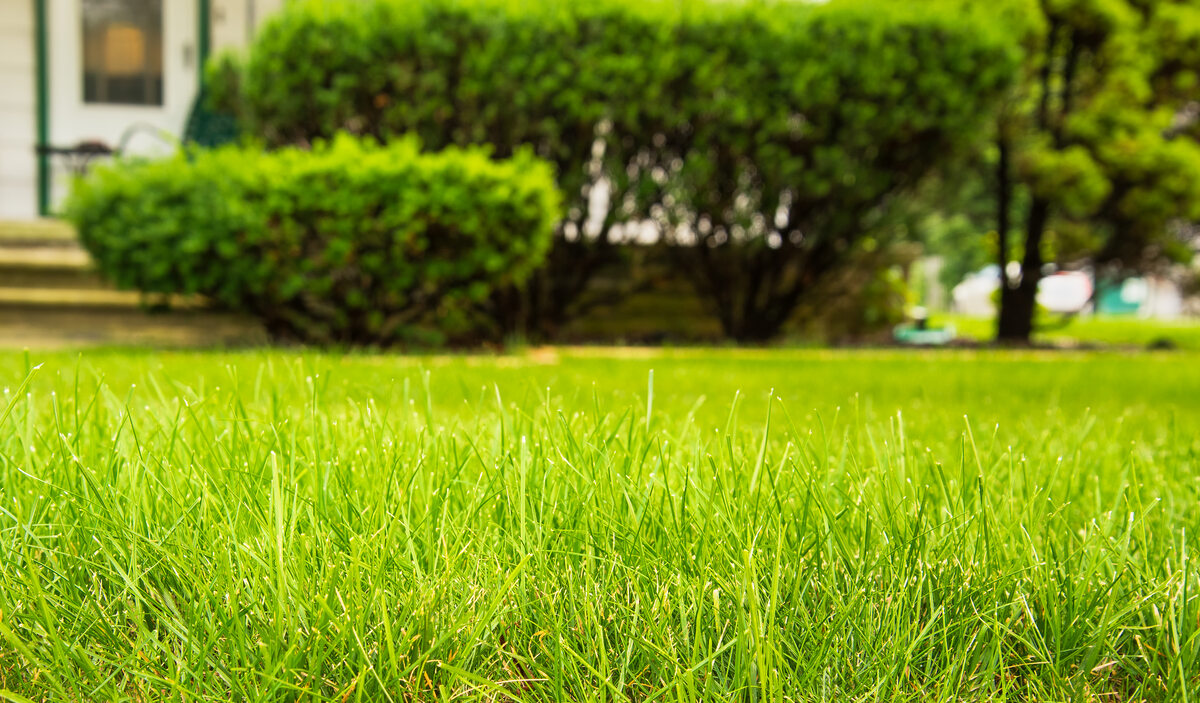


0 thoughts on “How To Greatly Reduce Dust In Your Home Ventilation System”